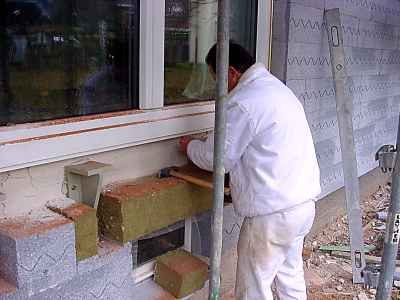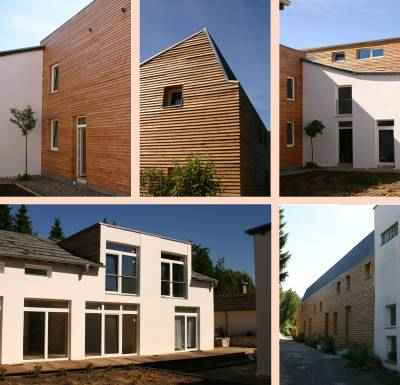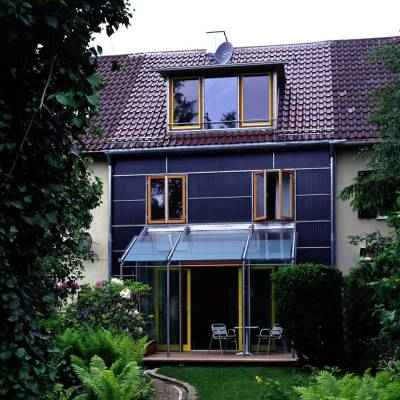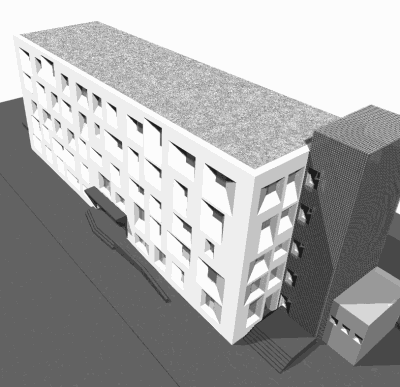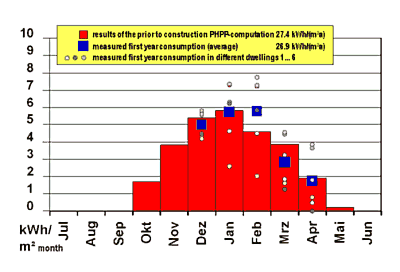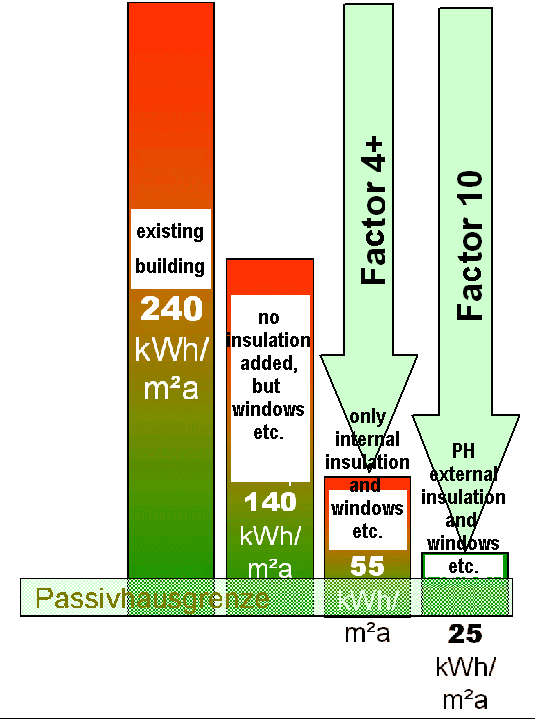| |
Retrofitting Old Buildings with Passive House Components |
|
|
|
| The modernization of the existing building stock is the most important task in the future for the building sector. Presently all of those involved emphasize this, from housing policymakers to builders and building industry. And they are correct, it is important that rennovations be done. How to do it, however, no-one agrees on. Specifically, the necessary quality level of the long overdue rennovation of the building envelope, windows, and mechanical systems. Still the majority of the owners believe that what is necessary is just to put in a slightly more efficient mechanical system, and maybe stop up some of the leaks in the walls. But even amongst building physicists and HVAC engineers there is an incomprehensible tendency of only encouraging mild rennovations. It has been clear for a long time that just average represents the worst conceivable option: due to rising energy prices, it is economical in the present to insulate a poorly insulated building and replace an old, inefficient heating system. However after rennovating to a moderate standard, in the future it is not worthwile to upgrade again because of the high fixed costs. Therefore it is crucial to not miss out on the opportunity in the present and always optimize based on the future :
The specialists described above are members of the conference advisal committee. Working groups of the 11th Passive House Conference with the topic of the inventory reorganization will be discussed in detail. The crucial steps for energy conservation in existing buildings are:
You may notice that these are the exact same elements that worked so effictively with new low energy buildings. In particular the energy-saving components developed for new construction passive houses can be utilized successfully in old buildings - with energy savings of 75% to over 90%.
Here you find to more information for modernization with concrete examples. (German) Here you find further examples of successful rennovations using passive house components. Link to the main page of the information about the passive house: Passive house fundamentals. Link to homepage of the passive house
conference:
(updated:
April 30th 2007 /author Wolfgang Feist Passive House Institute;
|
